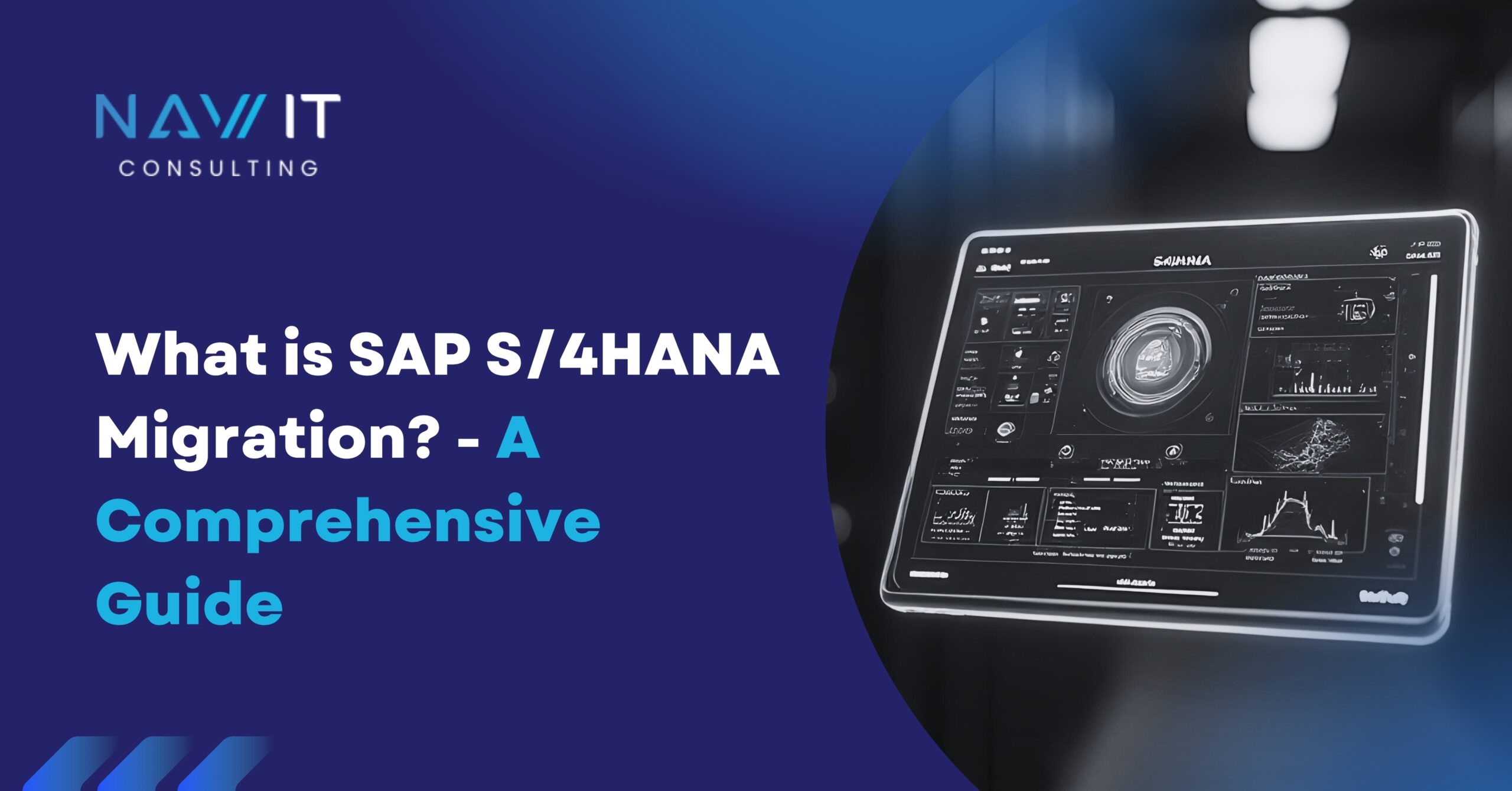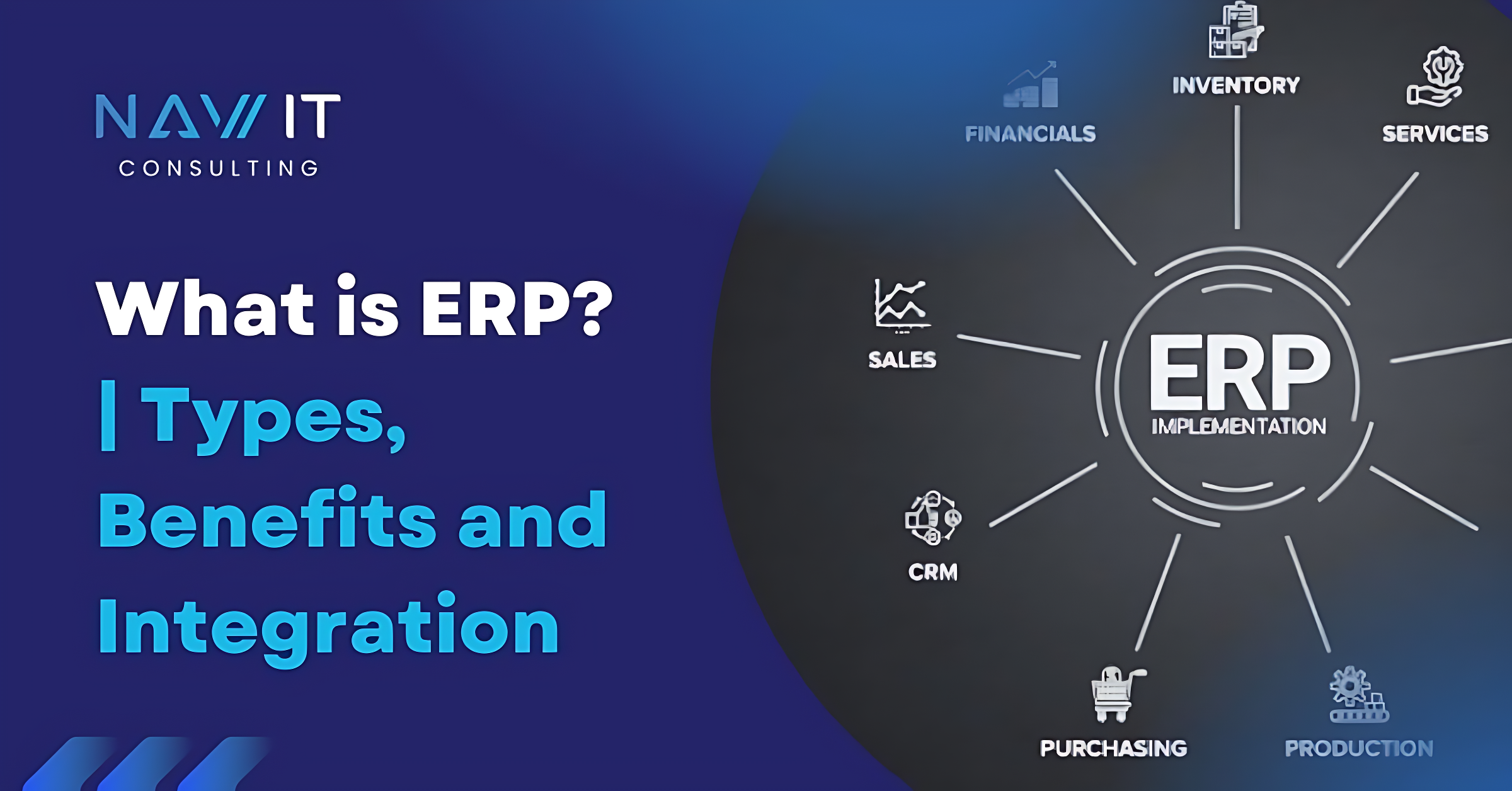According to a 2023 report by Deloitte, nearly 60% of companies cite supply chain management visibility and integration as their top challenges, with many seeking solutions that offer real-time data and smooth collaboration. SAP Business Network for Logistics addresses these challenges by providing an efficient platform that connects businesses with their suppliers, partners, and customers, enhancing efficiency and driving growth. In this blog, we will have a look at Business Network for logistics, exploring its features, benefits, implementation process, and future outlook.
Join our LinkedIn Network for updates, tips, professional growth and many more:
Introduction to SAP Business Network
SAP Business Network is a comprehensive platform designed to optimize and integrate various business functions, including procurement, supply chain management, and logistics. It connects enterprises with their suppliers, customers, and partners, creating a cohesive environment for managing transactions, sharing data, and streamlining operations. In today’s dynamic market, where businesses deal with global supply chain management and rapidly changing customer demands, the SAP Business Network for logistics provides the tools needed to enhance visibility, global track and trace solution, improve collaboration, and drive operational efficiency.
Key Features of SAP Business Network
Business Network SAP for logistics is equipped with a range of features designed to improve efficiency and collaboration across business functions. As businesses increasingly seek solutions that offer real-time data and an effortless integration, it stands out by providing robust tools to address these needs.
1. Network Integration
SAP Asset Intelligence Network excels in connecting different business functions across an organization and with external partners. This integration ensures that various departments, such as procurement, finance, and supply chain management, operate with aligned goals and shared information. By linking these functions, businesses can streamline workflows, reduce redundancy, and enhance overall operational efficiency.
2. Real-Time Data Sharing
One of the most valuable features of SAP Business Network is its ability to provide real-time data sharing. This capability ensures that all participants in the network have access to the most current information, which is crucial for making timely decisions. Real-time data sharing helps businesses respond quickly to market changes, manage inventory levels more effectively, and coordinate activities across different departments and partners.
3. Advanced Analytics
It incorporates advanced analytics tools that offer deep insights into business operations. These analytics tools help companies track performance metrics, identify trends, and forecast future needs. By leveraging these insights, businesses can make data-driven decisions that enhance their operational efficiency and strategic planning.
Benefits for Businesses
Implementing the SAP Asset Intelligence Network can yield substantial benefits for businesses, addressing several critical areas of operational efficiency and cost management. In an environment where companies are constantly striving to improve collaboration and reduce operational costs, it provides a platform that enhances these aspects significantly.
1. Enhanced Collaboration
Business Network SAP facilitates better collaboration between suppliers, partners, and customers. By providing a unified platform for communication and information exchange, the network helps eliminate misunderstandings and coordination issues. Improved collaboration leads to stronger relationships with business partners and a more agile response to market demands.
2. Increased Efficiency
The integration and automation capabilities of business network SAP for logistics contribute to increased operational efficiency. Automating routine tasks and integrating various business functions reduces manual work, minimizes errors, and accelerates processes. This increased efficiency translates into faster response times, improved service levels, and a more streamlined supply chain management structure.
3. Cost Savings
Cost savings are a significant benefit of implementing Business Network SAP. By improving data accuracy and reducing inefficiencies, businesses can lower costs associated with errors, delays, and redundant processes. The platform’s ability to optimize supply chain management and procurement processes also helps in reducing operational costs and enhancing overall financial performance.
Implementation and Integration
The successful implementation of SAP Business Network involves several key steps, each crucial for ensuring that the platform integrates smoothly with existing systems. As businesses prepare to deploy this solution, careful planning and execution are essential.
- Getting Started
The process involves several key steps. Initially, businesses must assess their current systems and processes to determine integration points. This assessment helps in identifying the necessary adjustments and customizations required for a successful implementation. Following this, businesses deploy the platform, configure it to meet their specific needs, and provide training to users to ensure effective adoption.
- Integration with Existing Systems
Business Network SAP is designed to integrate easily with other SAP Asset Intelligence Network solutions as well as third-party systems. This integration is crucial for businesses that rely on a variety of software platforms for their operations. Ensuring compatibility and smooth data flow between systems is essential for maximizing the benefits of the network and achieving a unified view of business activities.
Challenges and Solutions
Despite its advantages, implementing SAP Logistics Business Network can present several challenges. From technical complexities to resistance from users, businesses may encounter obstacles that can impact the success of the deployment. Identifying these common challenges and exploring effective SAP Asset Intelligence Network solutions is critical for overcoming them and achieving a successful implementation of the network.
1. Common Obstacles
While SAP Business Network offers significant benefits, businesses may encounter challenges during its implementation. Common obstacles include resistance to change from employees, technical complexities related to system integration, and potential data migration issues. Addressing these challenges requires careful planning and a proactive approach.
2. Best Practices
To overcome implementation challenges, businesses should follow best practices such as involving key stakeholders in the planning process, conducting thorough testing before full deployment, and providing comprehensive training for users. Additionally, establishing a clear communication plan and support structure can help address any issues that arise during the transition.
Comparative Analysis
When considering SAP Logistics Business Network, it is important to compare it with other solutions available in the market. Understanding how it stacks up against competitors can help businesses make informed decisions about its adoption. This section provides a comparative analysis, highlighting its unique strengths and potential areas for improvement.
1. Business Network SAP vs. Competitors
When compared to competing solutions, SAP Business Network offers unique advantages such as deep integration with SAP’s suite of products, extensive analytics capabilities, and a broad network of partners. Evaluating how it compares with other platforms in terms of specific features and benefits helps businesses make informed decisions.
2. Strengths and Weaknesses
SAP Business Network’s strengths include its comprehensive integration and real-time data sharing capabilities. However, SAP Asset Intelligence Network solution’s potential weaknesses may include the complexity of implementation and the need for ongoing maintenance. A balanced assessment of these factors helps businesses understand the platform’s overall value.
User Perspectives
Feedback from users provides valuable insights into the practical impact of SAP Logistics Business Network on everyday business operations. Hearing directly from those who have implemented the platform can offer a clearer picture of its benefits and challenges. This section will review user perspectives and experiences to provide a comprehensive understanding of the sap business network for logistics network and real-world effectiveness.
Join our LinkedIn Network for updates, tips, professional growth and many more:
1. Feedback from Users
User feedback on SAP Business Network for logistics generally highlights its effectiveness in improving operational efficiency and collaboration. Businesses appreciate the platform’s integration capabilities and real-time data sharing. Some users, however, may find the initial setup and customization challenging.
2. User Experience
Overall, users report a positive experience with SAP Logistics Business Network, particularly noting its impact on streamlining operations and enhancing data visibility. Addressing user concerns and providing ongoing support can contribute to a better overall experience with SAP Asset Intelligence Network.
Future of SAP Business Network
The future of SAP Logistics Business Network is poised for continued innovation and expansion. As technology evolves, so too will the capabilities of the platform. Looking ahead, new features and advancements are expected to further enhance the network’s functionality and adaptability
1. Upcoming Features
SAP Logistics Business Network is continually evolving, with new features and enhancements being introduced regularly. Future updates may include advanced capabilities such as artificial intelligence for predictive analytics, enhanced integration options, and improved user interfaces. These developments will further enhance the platform’s functionality and usability.
2. Evolution of Business Networks
The concept of business networks is expected to continue evolving, with a growing emphasis on technologies such as artificial intelligence, blockchain, and automation. These advancements will further enhance the efficiency, security, and transparency of business operations within the network.
Conclusion
SAP Business Network is an effective solution that helps enhance business operations through improved integration, real-time data sharing, and advanced analytics. By addressing key challenges in supply chain management visibility and operational efficiency, the platform provides substantial benefits, including increased collaboration, cost savings, and operational improvements. Successful implementation requires careful planning and integration with existing systems, while ongoing advancements promise to further enhance its capabilities. For businesses considering SAP Logistics Business Network, exploring its features and understanding its practical applications can lead to significant improvements in efficiency and overall performance.









